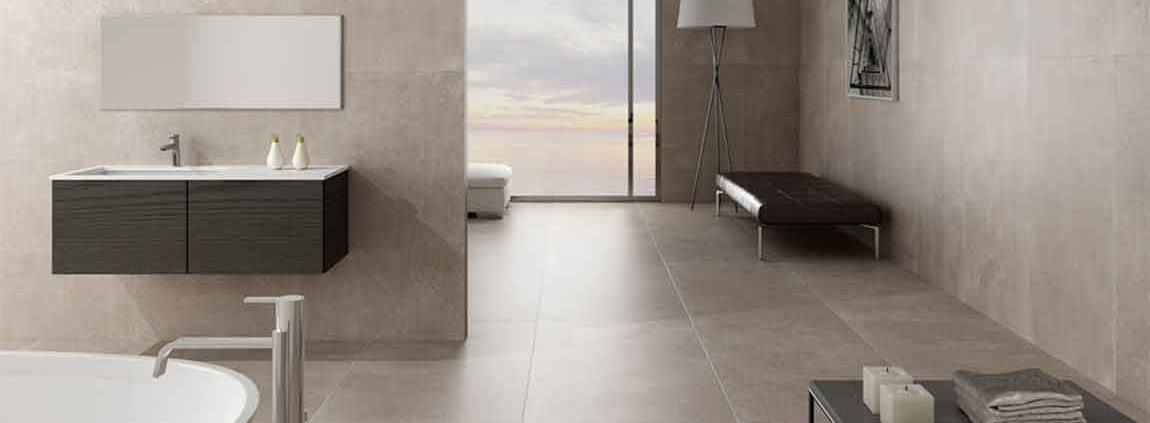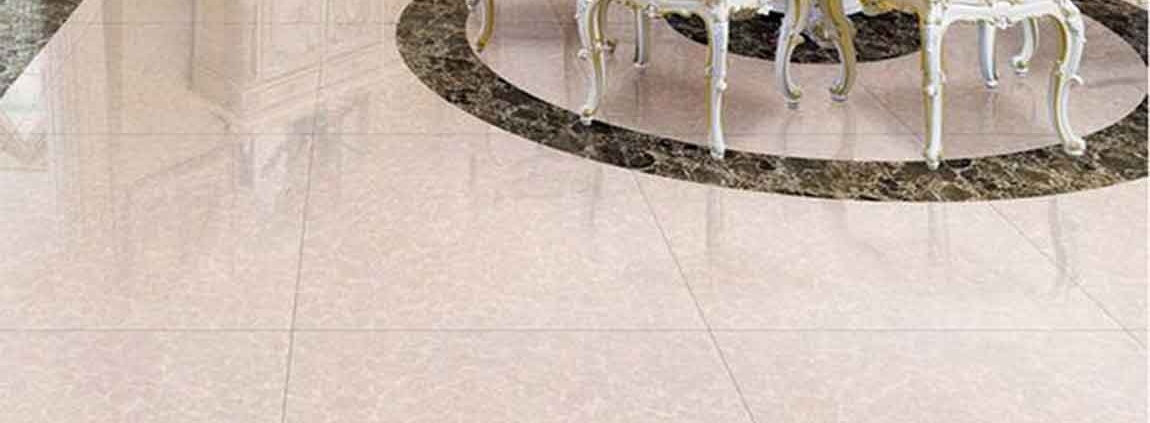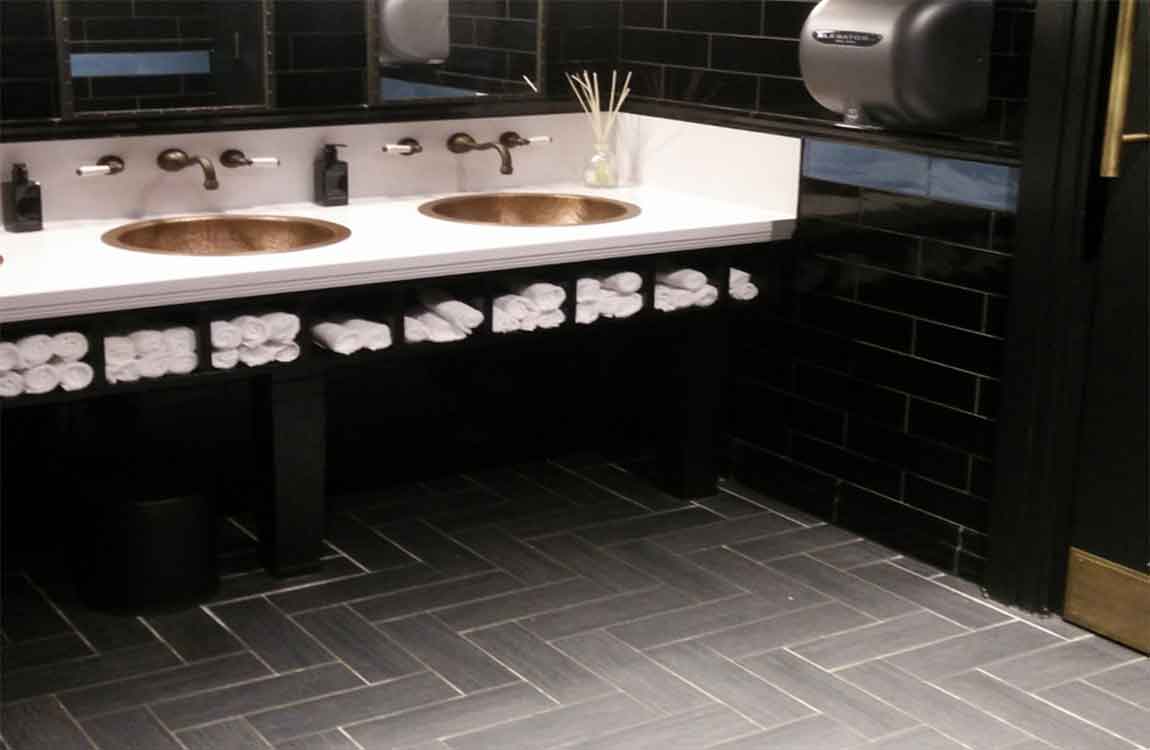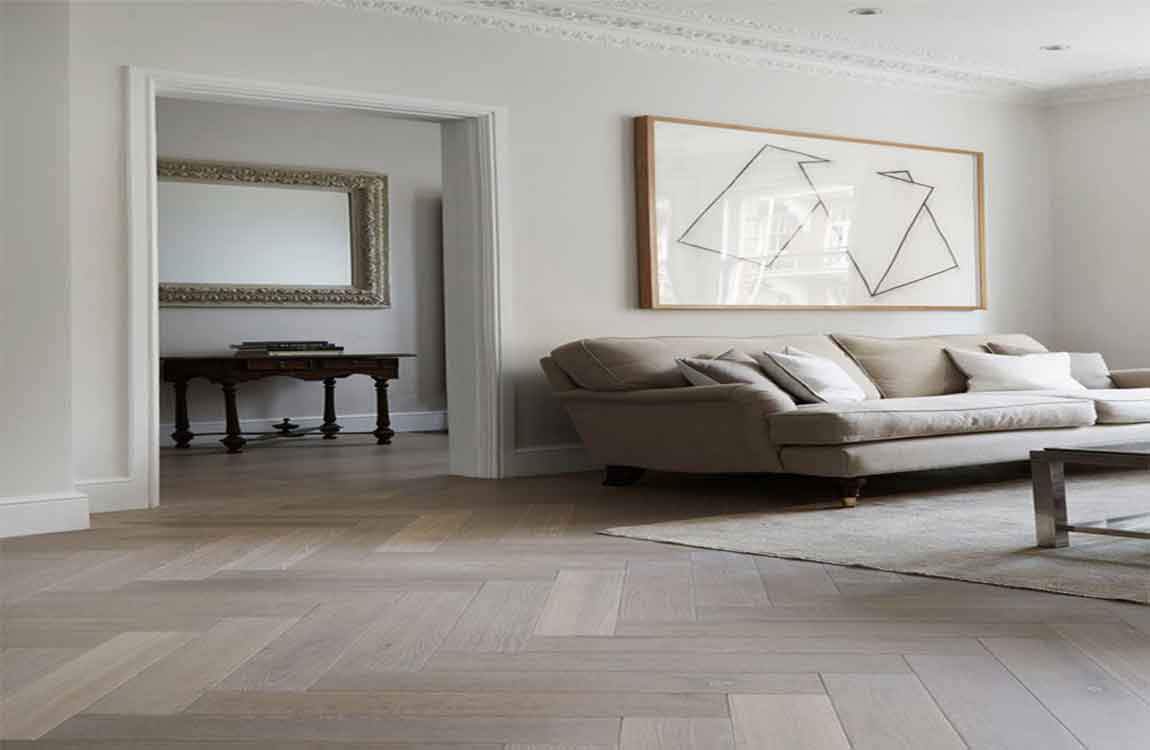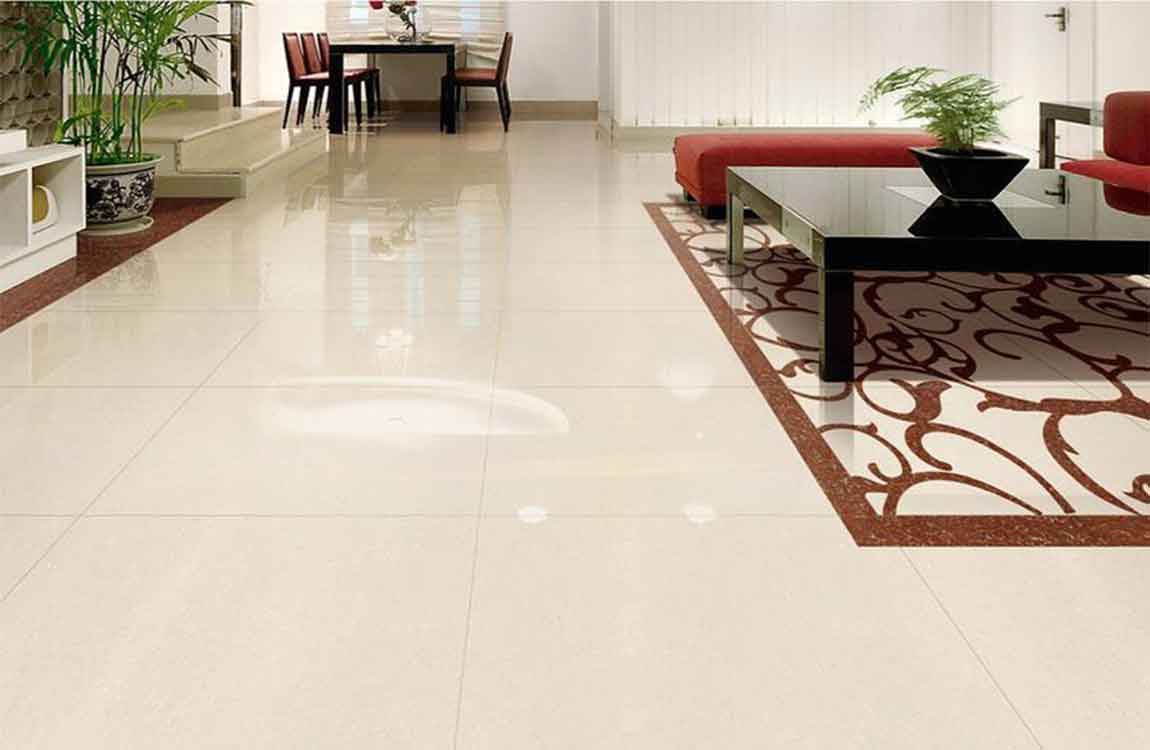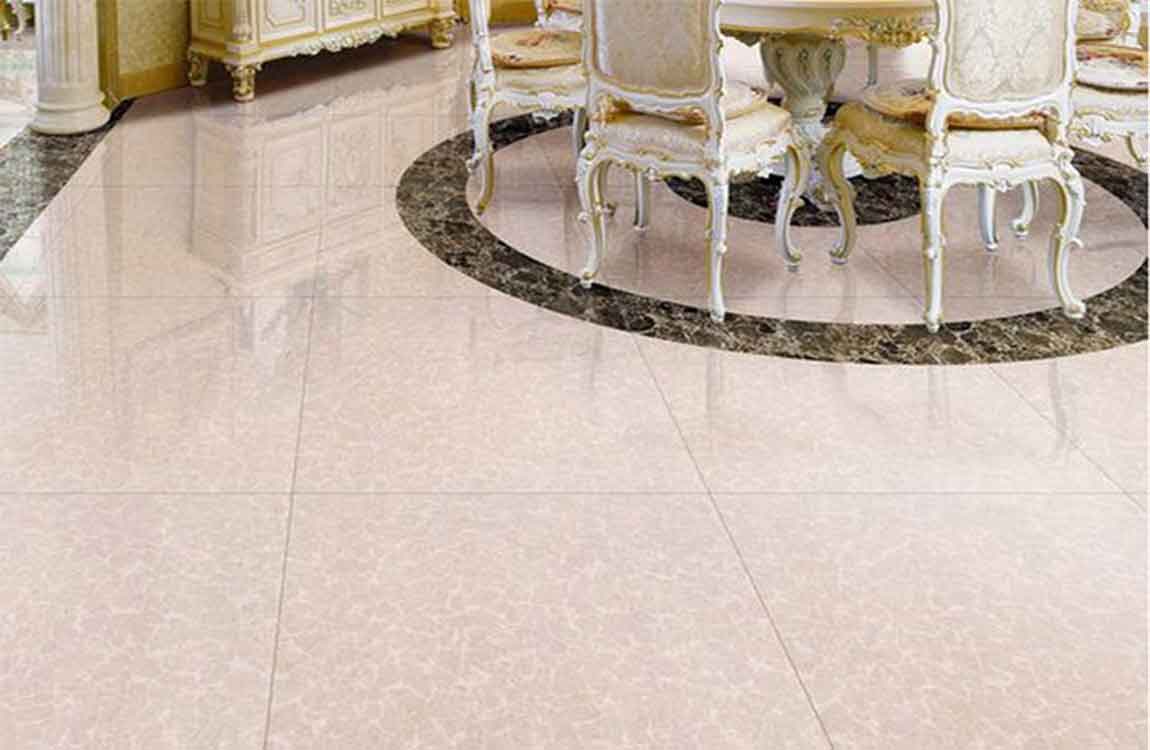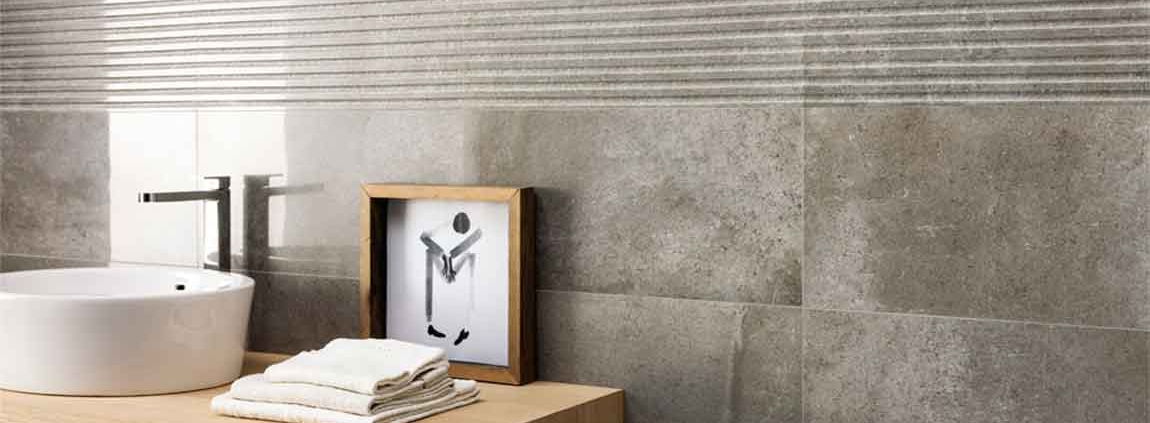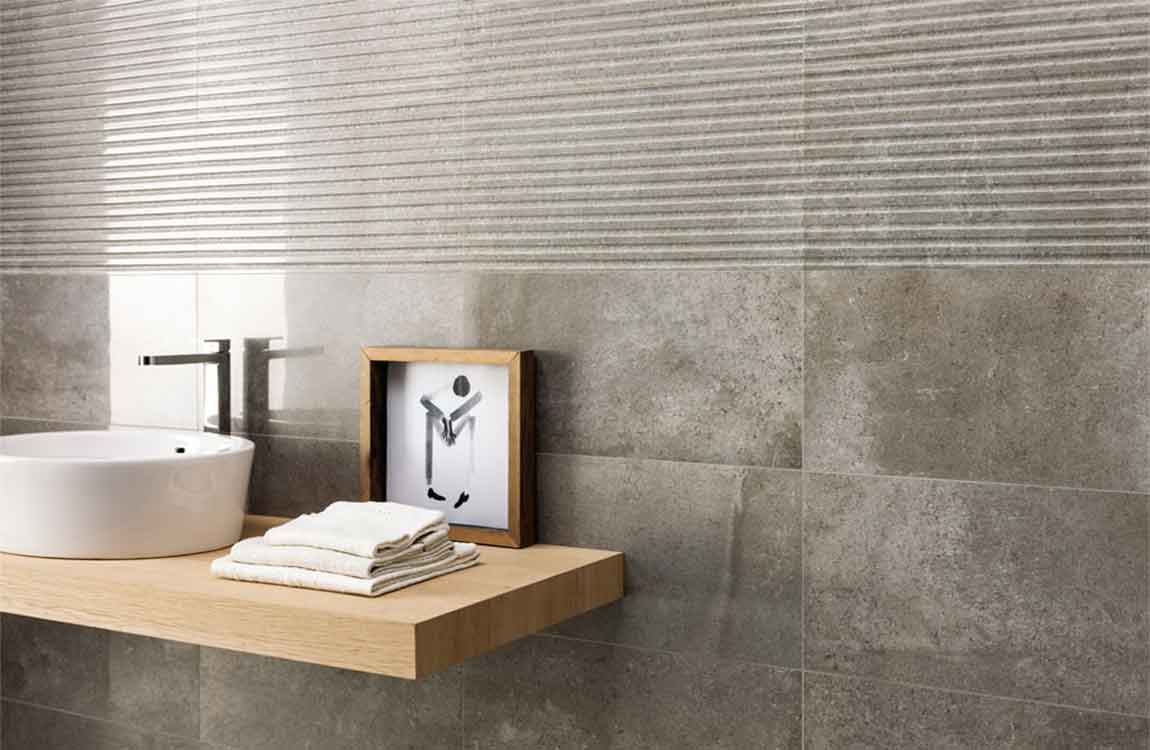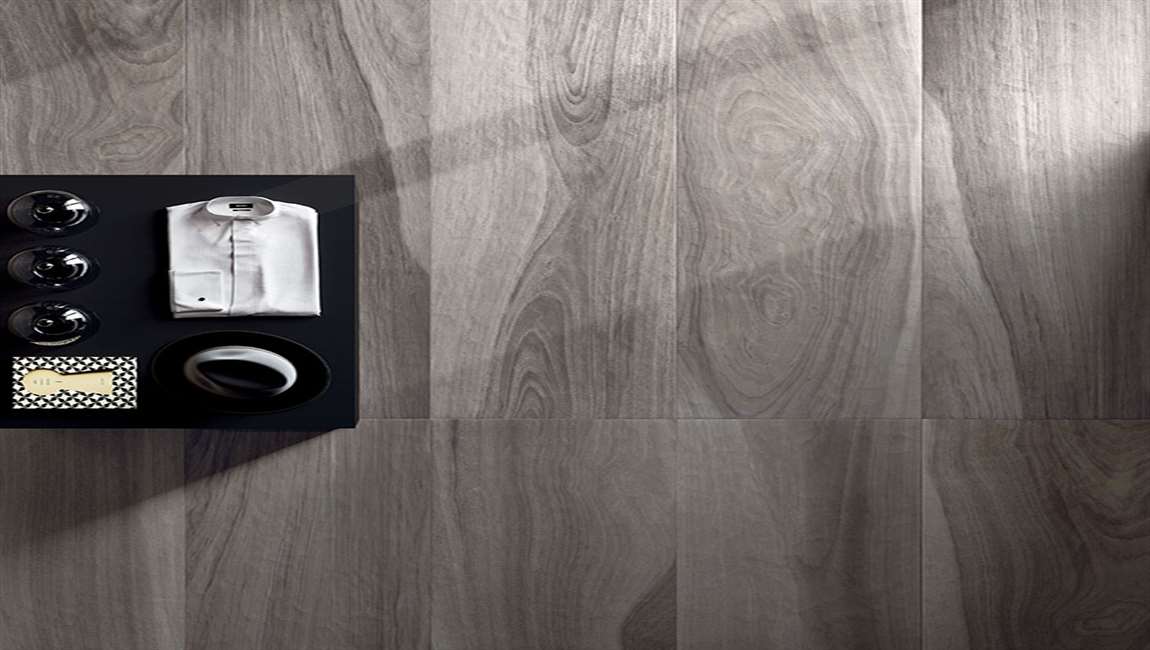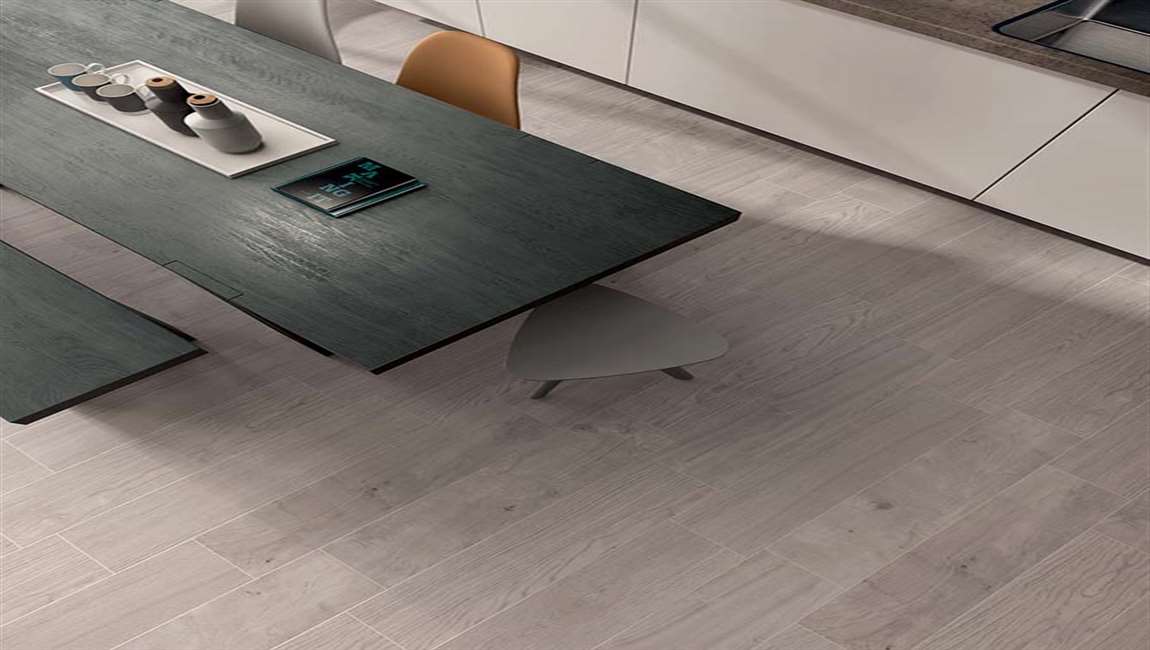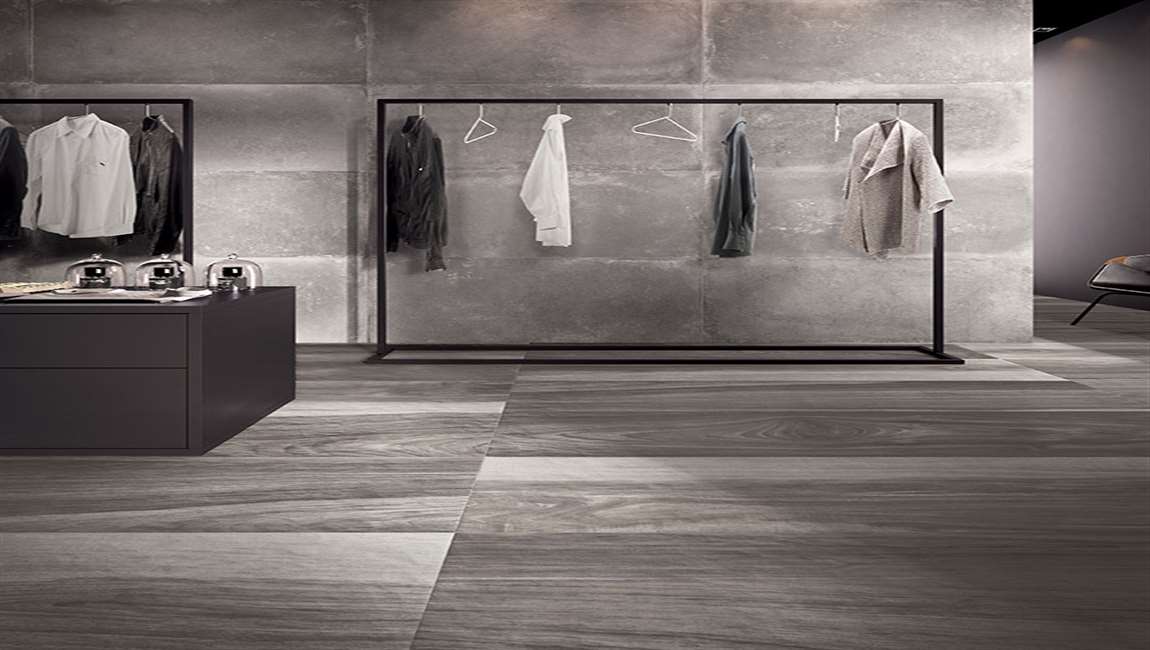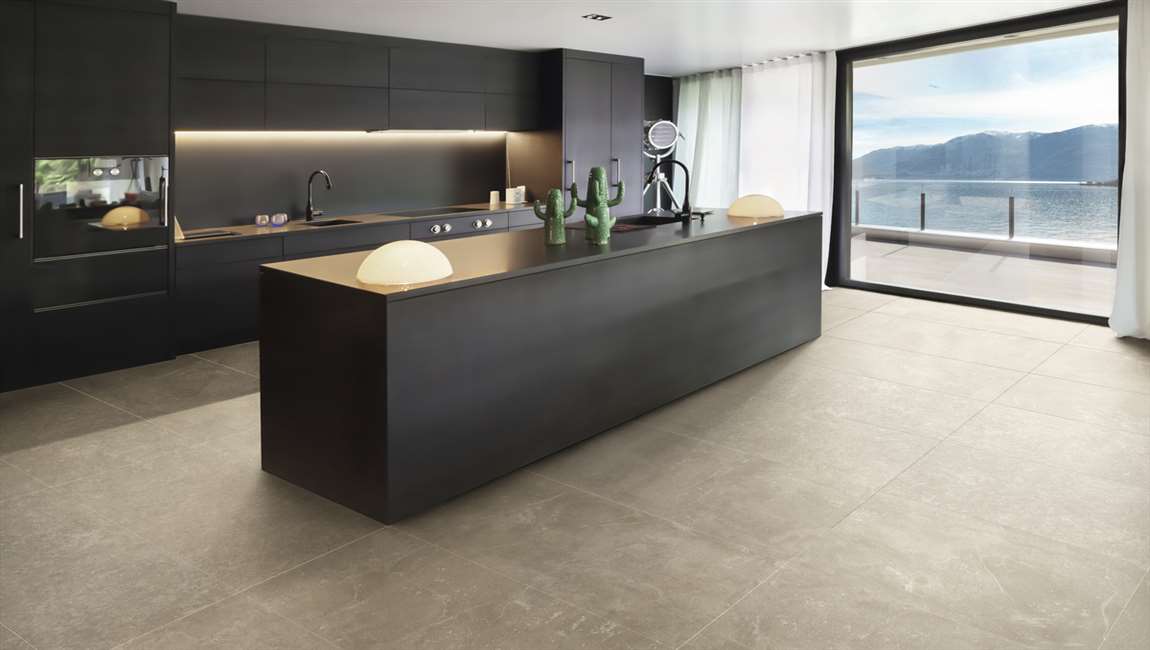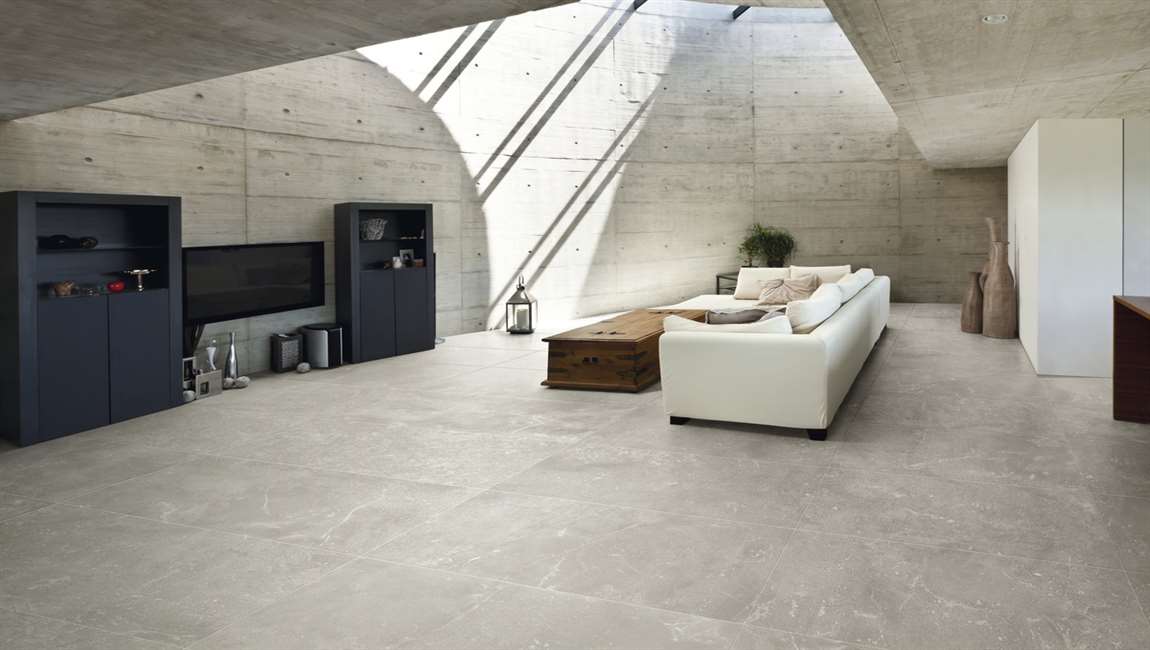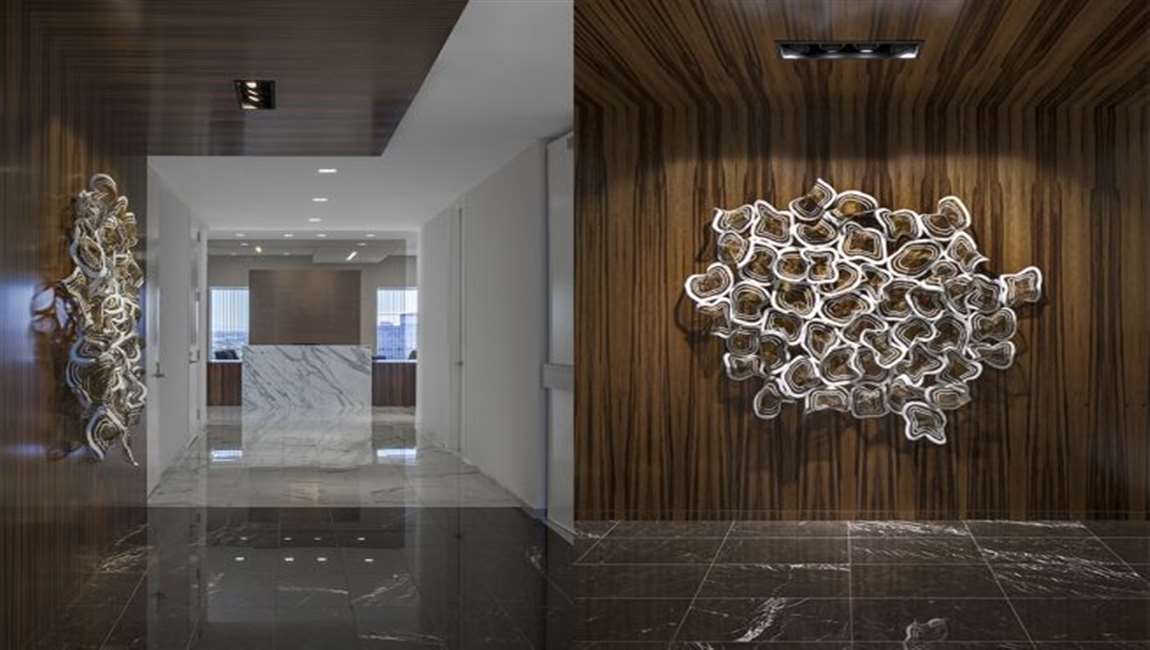How Avoiding Common Mistakes?
Start with less toxic cleaners. In general, the least toxic cleaner is best for cement. Start with a mild cleanser, like detergent, and work your way up to chemical cleaners if necessary. Chemicals can wear cement down, so they should be avoided unless absolutely necessary. Do not pour water into acid.
When using an acid-based cleaner, never pour add the acid to a bucket first and then the water. You should add the water followed by the acid. Doing so the other way around can cause a dangerous reaction. Use a deck brush over a push broom. Many people use push brooms to target cement floors.
However, push brushes are actually less effective than deck brushes. The bristles are too long to effectively remove dirt and debris from cement. If you don’t have a deck brush, buy one at a hardware store. Apply 1 / 2 in (1.3 cm) of mortar to stone finishes. When you’re ready to begin the installation, use a trowel and other tools to coat each panel.
Start with the panel you intend on positioning on the lower left corner of the wall. Spread mortar around from top to bottom and left to right into a flat, smooth layer. Do this for each panel as you install it. Dampening the stones with a spray of water from a hose can help the mortar stick to them. If you need to cut the stone panels to fit on the wall, use a circular saw with a diamond-tipped masonry blade.
Install the stones from the bottom of the wall to the top. Work from the base of the wall, starting in one of the corners. Push the stone panel firmly onto the wall until mortar begins squeezing out from underneath it. Move onto the panels that fit next to and above it, leaving a 1⁄2 in (1.3 cm) gap between each one. Keep this gap uniform throughout the entire wall.

